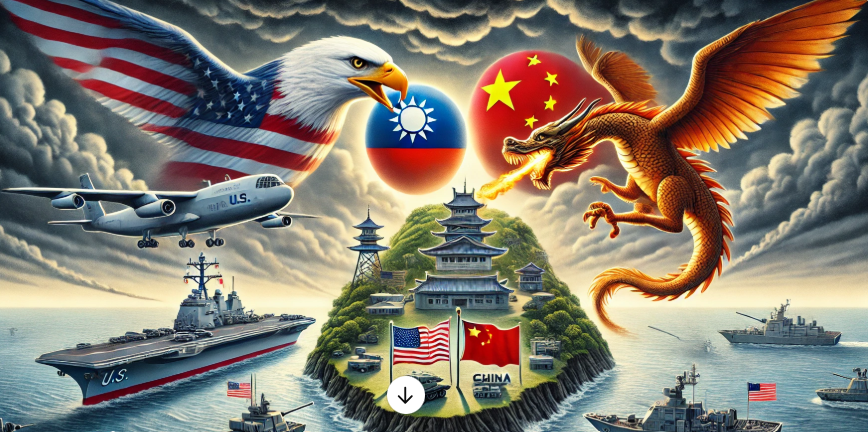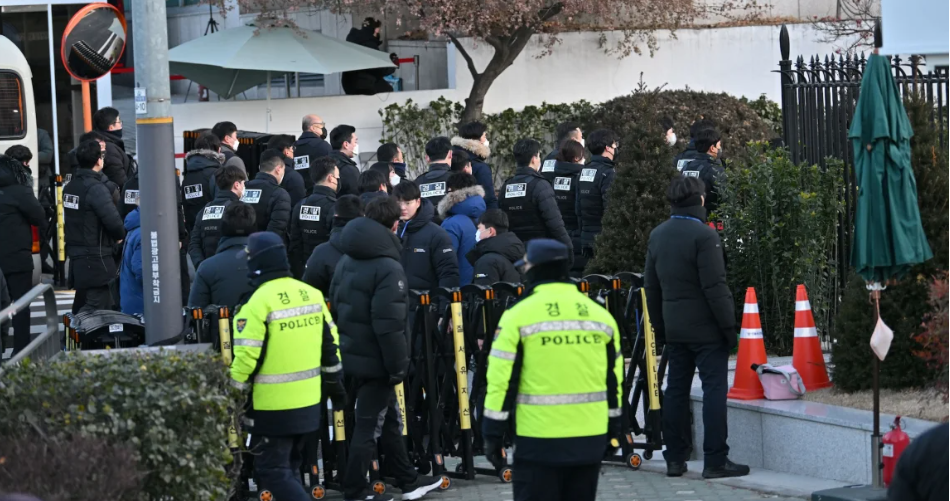The U.S.-Taiwan Defense Relationship: A Balancing Act Amidst Tensions with China. China Says Us Is ‘Playing With Fire’ After Latest Military Aid For Taiwan.
The geopolitical dynamics of the Taiwan Strait witnessed a renewed surge of tension as the Chinese government strongly condemned recent U.S. military support for Taiwan. On Sunday, Beijing issued a stern warning to Washington, describing the actions as “playing with fire” following a series of military sales and assistance announcements.
China Says Us Is ‘Playing With Fire’ After Latest Military Aid For Taiwan
Taiwan’s Foreign Ministry expressed gratitude for the U.S. support. In a statement shared on X, the Ministry said the approval reinforces the U.S. government’s “commitment to our defense.

Military Support Details
U.S. President Joe Biden authorized an additional $571 million in Defense Department materials, services, and military education and training for Taiwan on Saturday. This assistance comes shortly after the approval of $567 million in September, reflecting the consistent U.S. commitment to bolstering Taiwan’s defense capabilities. Moreover, the Pentagon announced $295 million in military sales, including $265 million earmarked for approximately 300 tactical radio systems and $30 million for 16 gun mounts.
Taiwan’s Foreign Ministry expressed gratitude for the U.S. support, emphasizing its importance for the island’s self-defense and regional stability. In a social media statement, the ministry noted that these decisions reaffirm Washington’s “commitment to our defense.”
Beijing’s Reaction
The Chinese Foreign Ministry swiftly responded, urging the U.S. to cease its arms sales and “dangerous moves” that Beijing claims undermine peace in the Taiwan Strait. China’s government, which regards Taiwan as a breakaway province that must ultimately come under its control, reiterated its opposition to any foreign interference in what it considers a domestic issue.
A Foreign Ministry statement underscored Beijing’s concerns, stating that U.S. actions “severely jeopardize China’s sovereignty and security interests.” It also warned that such measures could escalate tensions and destabilize the region.
The Broader Context
Taiwan, a democratic island of 23 million people, has long been at the center of U.S.-China tensions. While Beijing views the island as an integral part of its territory, Taiwan operates as a self-governing democracy with its own government and armed forces. Over the years, the United States has remained a key partner for Taiwan, supplying arms and military training to enhance its defensive posture.
Washington’s support for Taiwan is rooted in the 1979 Taiwan Relations Act, which obligates the U.S. to provide Taiwan with the means to defend itself. However, the act stops short of guaranteeing direct military intervention in the event of a conflict. This policy, often described as “strategic ambiguity,” aims to deter both Chinese aggression and unilateral moves by Taiwan to declare independence.
Implications for Regional Stability
The latest developments have heightened concerns about the potential for conflict in the Taiwan Strait, a critical waterway for global trade and security. Beijing’s increasingly assertive military activities near Taiwan, including frequent incursions into its air defense identification zone, have prompted the U.S. and its allies to reinforce their presence in the region.
For Taiwan, the enhanced military support from the U.S. serves as both a deterrent against potential Chinese aggression and a signal of international solidarity. Yet, the escalating arms race and diplomatic frictions pose risks to the fragile status quo.
See more: House Gop Picks New Funding Plan That Will Need Wide Democratic Support
Conclusion
The U.S.-Taiwan defense relationship remains a cornerstone of the broader Indo-Pacific strategy. While the latest military assistance underscores Washington’s commitment to Taiwan, it also reflects the growing complexity of managing relations with Beijing. As the stakes rise in the Taiwan Strait, both the U.S. and China face the challenge of navigating a precarious balance between deterrence and dialogue to prevent a potential crisis.








